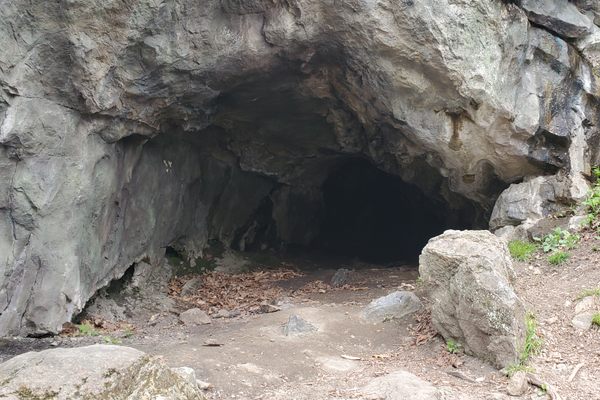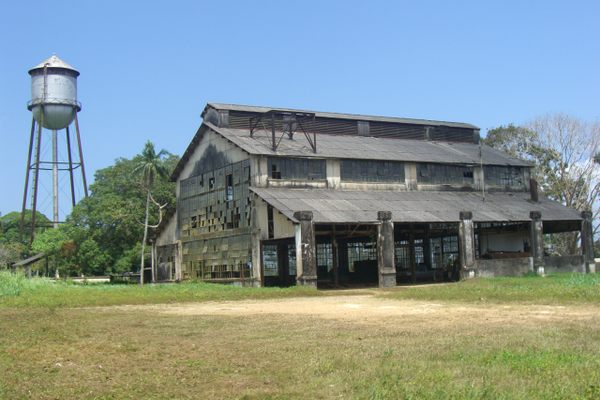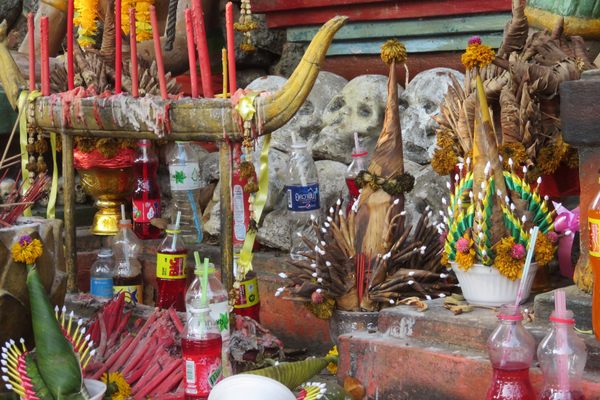Waterloo Village
Historic town settled in the 19th century because of its convenient location along a popular coal transport route.
Managed by New Jersey’s Division of Parks & Forestry since 2007, Waterloo Village is considered so important to the history of the area that the state has budgeted more than $1 million to re-roof buildings and perform other structural repairs. State legislators have declared the restored 19th century canal town in Byram Township, Sussex County, an important historic, recreational, and tourism asset.
Featuring 19 buildings and a large-scale outdoor concert venue (since torn down), Waterloo Village was settled because it’s approximately half-way between Jersey City and Phillipsburg, New Jersey, along the Morris Canal, a 102-mile stretch of water used for the transportation of goods. The buildings include a general store, a church, a blacksmith shop, an inn, a watermill, and all of the other structures necessary to run a canal operation.
Opened in 1831, the Morris Canal’s traffic, which was made up mostly of barges moving anthracite coal from Pennsylvania, peaked during the late 1860s, shortly after the American Civil War. As railroads proved more popular, the canal traffic slowed and the quality of life in Waterloo Village began to decline. By the time of the Great Depression, the original settlers of Waterloo had abandoned the town.
The town might have disappeared completely if it hadn’t proved a smart location for hobos to jump on and off of boxcars passing through. Hobos moving across the country on their way to New York adopted the village as a base in the 1930s and 1940s, helping to maintain the structures until new interest formed.
Update May 2017: The outdoor concert stage was torn down.





















Follow us on Twitter to get the latest on the world's hidden wonders.
Like us on Facebook to get the latest on the world's hidden wonders.
Follow us on Twitter Like us on Facebook